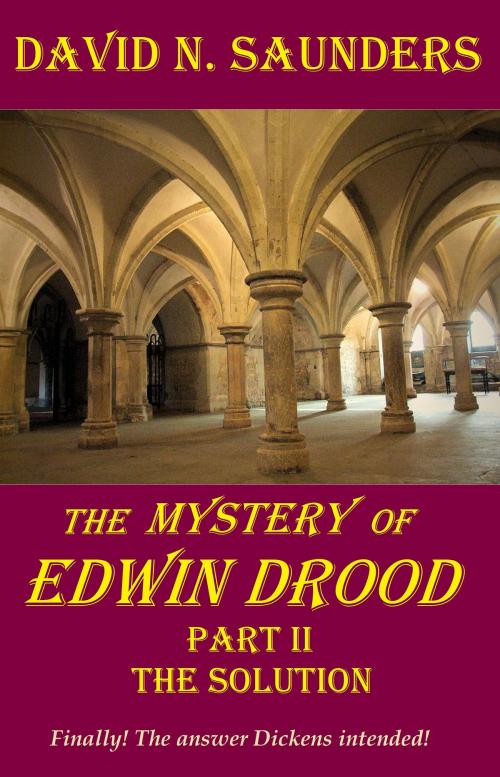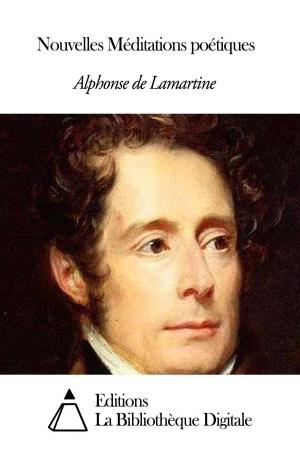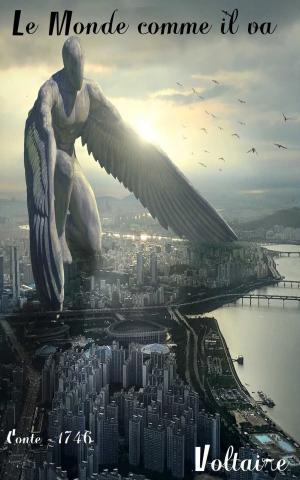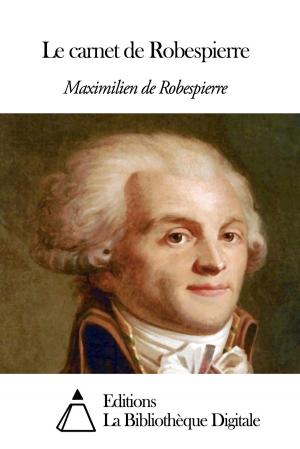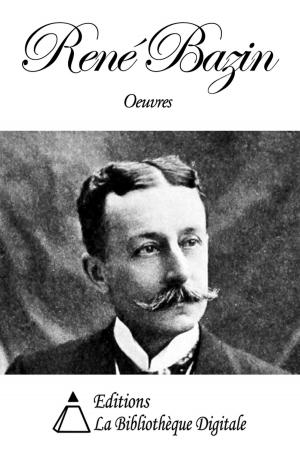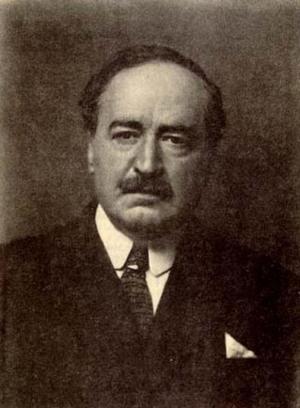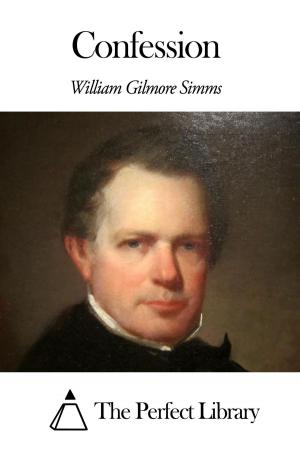The Mystery of Edwin Drood, Part II, The Solution
Mystery & Suspense, Traditional British, Fiction & Literature, Classics| Author: | David Saunders | ISBN: | 9780987900500 |
| Publisher: | David Saunders | Publication: | February 3, 2012 |
| Imprint: | Smashwords Edition | Language: | English |
| Author: | David Saunders |
| ISBN: | 9780987900500 |
| Publisher: | David Saunders |
| Publication: | February 3, 2012 |
| Imprint: | Smashwords Edition |
| Language: | English |
When Charles Dickens died in 1870, he left behind him the greatest unsolved mystery in the history of literature. So parsimonious was Dickens with his clues that the most widely accepted “solution” among cognoscenti to this day is that Edwin Drood was killed by his drug-addled uncle, John Jasper. Most readers find this answer emotionally unsatisfactory; the one person we may be sure did not kill Edwin Drood was John Jasper.
Dickens died at the height of his powers, yet so subtle were the clues he placed in Drood that many believe he had lost control of the novel’s direction. He had, in fact, successfully hidden not only the true killer’s identity but another murder, as well, a murder no-one seems to have noticed. There are many other small mysteries scattered throughout the text: who is the Princess Puffer, who the horrid boy Winks, what ghost did Durdles hear while sleeping it off? Close examination of the text reveals that Dickens did, indeed, sprinkle clues here and there. Not enough clues to recreate the full future of the story but enough, certainly, to solve the main puzzle and most of the lesser ones. Enough to point to a very exciting conclusion.
I am indebted to Carlo Fruttero and Franco Lucentini for their amusing and highly informative novel wrapped around a novel, "The D. Case". Along with a host of fascinating and little known facts, the two make it clear that Dickens set Drood in about 1842 rather than 1870 when he wrote. They also inform us that Dickens based the Princess Puffer on a real opium dealer whom Dickens guessed to be about 70 years old when she was really 26. Both facts are crucial to the solution.
The best way to read this is, of course, to read Dickens first, then my work. When you have finished and are convinced that I am wrong, go back, read Dickens again and see the multitude of clues you missed the first time through.
The cover photograph is of the crypt of Rochester Cathedral, taken by Mattana on March 7, 2008 and released into the public domain. Two paragraphs in the final chapter are copied directly from Dickens. That and the original 1870 magazine cover illustration have long been in the public domain. There is also a selection from Byron’s "The Destruction of Sennacherib". Everything else is the work of the author.
When Charles Dickens died in 1870, he left behind him the greatest unsolved mystery in the history of literature. So parsimonious was Dickens with his clues that the most widely accepted “solution” among cognoscenti to this day is that Edwin Drood was killed by his drug-addled uncle, John Jasper. Most readers find this answer emotionally unsatisfactory; the one person we may be sure did not kill Edwin Drood was John Jasper.
Dickens died at the height of his powers, yet so subtle were the clues he placed in Drood that many believe he had lost control of the novel’s direction. He had, in fact, successfully hidden not only the true killer’s identity but another murder, as well, a murder no-one seems to have noticed. There are many other small mysteries scattered throughout the text: who is the Princess Puffer, who the horrid boy Winks, what ghost did Durdles hear while sleeping it off? Close examination of the text reveals that Dickens did, indeed, sprinkle clues here and there. Not enough clues to recreate the full future of the story but enough, certainly, to solve the main puzzle and most of the lesser ones. Enough to point to a very exciting conclusion.
I am indebted to Carlo Fruttero and Franco Lucentini for their amusing and highly informative novel wrapped around a novel, "The D. Case". Along with a host of fascinating and little known facts, the two make it clear that Dickens set Drood in about 1842 rather than 1870 when he wrote. They also inform us that Dickens based the Princess Puffer on a real opium dealer whom Dickens guessed to be about 70 years old when she was really 26. Both facts are crucial to the solution.
The best way to read this is, of course, to read Dickens first, then my work. When you have finished and are convinced that I am wrong, go back, read Dickens again and see the multitude of clues you missed the first time through.
The cover photograph is of the crypt of Rochester Cathedral, taken by Mattana on March 7, 2008 and released into the public domain. Two paragraphs in the final chapter are copied directly from Dickens. That and the original 1870 magazine cover illustration have long been in the public domain. There is also a selection from Byron’s "The Destruction of Sennacherib". Everything else is the work of the author.
